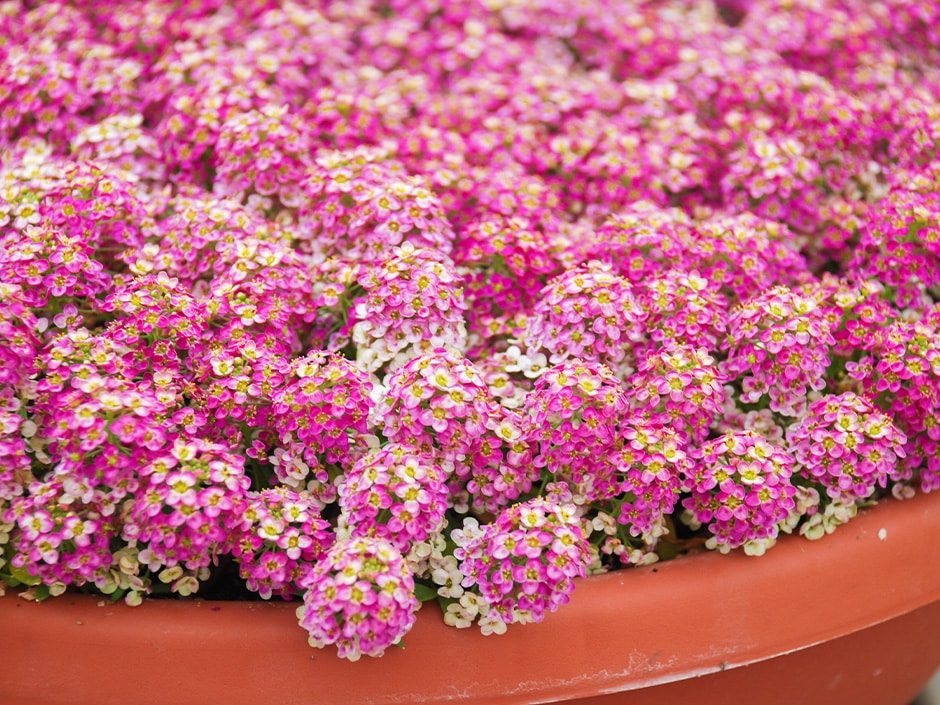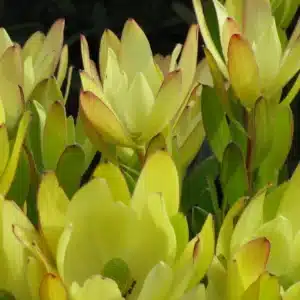Winter Gardening and the 5 Plants You Should Have
Flowering plants

While many may dread winter, its whimsical appeal can’t be denied. It’s during this time that we yearn for warmth, love and connection. Funnily enough, the cold weather has a way of bringing people together, and that’s why we need the perfect backdrop to this enchanting period. And a vibrant winter flower garden will set the stage perfectly.
How to plan a winter flower garden
When choosing plants, find out the height they reach at maturity. Create a layered effect by planting bedding plants like foxgloves (digitalis) at the back. Medium-height plants such as poppies work well planted in the middle, while low-growing annuals like pansies, fairy primula and lobelia look stunning as edging plants at the front of the border.
Alternatively, plant spring-flowering bulbs in between your winter seedlings. Most bedding plants can be grown in containers and be used to add colour to your patio or entrance during the winter months.
Here are plants you should look at:
Foxgloves
A favourite of lovers of the cottage garden, this plant features charming pinkish-purple blooms and can reach a height of up to 2m. It elegantly enhances any style of backyard. Here are a few more incentives to plant foxgloves:
- They’re easy to cultivate from seed and thrive in a variety of conditions.
- Although they prefer partial shade, they can also thrive in full sun.
- They serve as beautiful winter backdrops while attracting pollinators to your garden.
A side note for pet parents: this plant may not be suitable for your garden, as it can be toxic to animals.
Violas
Can it even be a winter garden without violas? These gorgeous plants feature heart-shaped leaves that add a touch of whimsy to any garden. In addition, Violas:
- make a wonderful plant for hanging baskets and pots because of how they gracefully cascade over the edges of containers;
- offer more than just visual appeal – their flowers are edible and can provide unexpected garnishes and unique additions to salads; and
- make a bold statement with their vibrant colours, bringing a burst of brightness to your garden during the winter months.
For more on violas, read this blog: Spotlight on Violas
Calendula
Calendula, with its vibrant presence, adds an enjoyable contrast and vibe to any garden. The cheerful yellow and orange flowers not only please the eye, but also attract and nourish pollinators, making it a beloved choice for garden enthusiasts. Here are more characteristics that set Calendula apart:
- Not only are the flowers visually appealing, but they are also edible and possess healing properties.
- It can be used in cooking, adding a pleasant flavour to dishes or a fresh touch to salads.
- This cheerful plant is also a wonderful companion plant in the garden. It serves as a natural repellent, discouraging many pets from getting into your garden and ruining your plants.
- Bees and other pollinators are also in love with calendula, contributing to the overall health and biodiversity of your garden.
Alyssum
Alyssum has a sweet honey-like scent and delicate appearance, making it irresistible. It adds charm to any garden setting effortlessly, whether in flower beds, borders or hanging baskets. And the fact that its low-maintenance makes it a favourite among gardeners. Also good to know:
- Planting alyssum near vegetables can help lure aphids away from them, providing a natural defence against these pests.
- The bright blooms of this sweet plant attract pollinators to your garden.
- Filling an open space in your garden with alyssum effectively deters weed growth.
Larkspur
Larkspur, the birth flower of July, brings a much-needed pop of colour to barren winter gardens. Once established, it requires basic care, making it easy to keep it alive and thriving. Here are two more reasons why we’re sold on this beautiful plant:
- Whether planted in masses or blended with other flowers, Larkspur creates a captivating display.
- The blooms showcase stunning hues of blue, ranging from the soft blues of the sky to the deeper shades of navy. In the world of flowers, blue is a rare colour to find, but larkspur offers an abundance of it.
You might also like
Shop online
-
PLASTIC SQUARE BLACK/GREEN POT 7CM X15CM
- R49.99
- Select options This product has multiple variants. The options may be chosen on the product page Learn More
-
PRUNING LOPPER
- R799.99
- Add to cart Learn More
-
- Sale!
MED ADULT 15KG
- Original price was: R1,599.99.R1,279.99Current price is: R1,279.99.
- Add to cart Learn More




